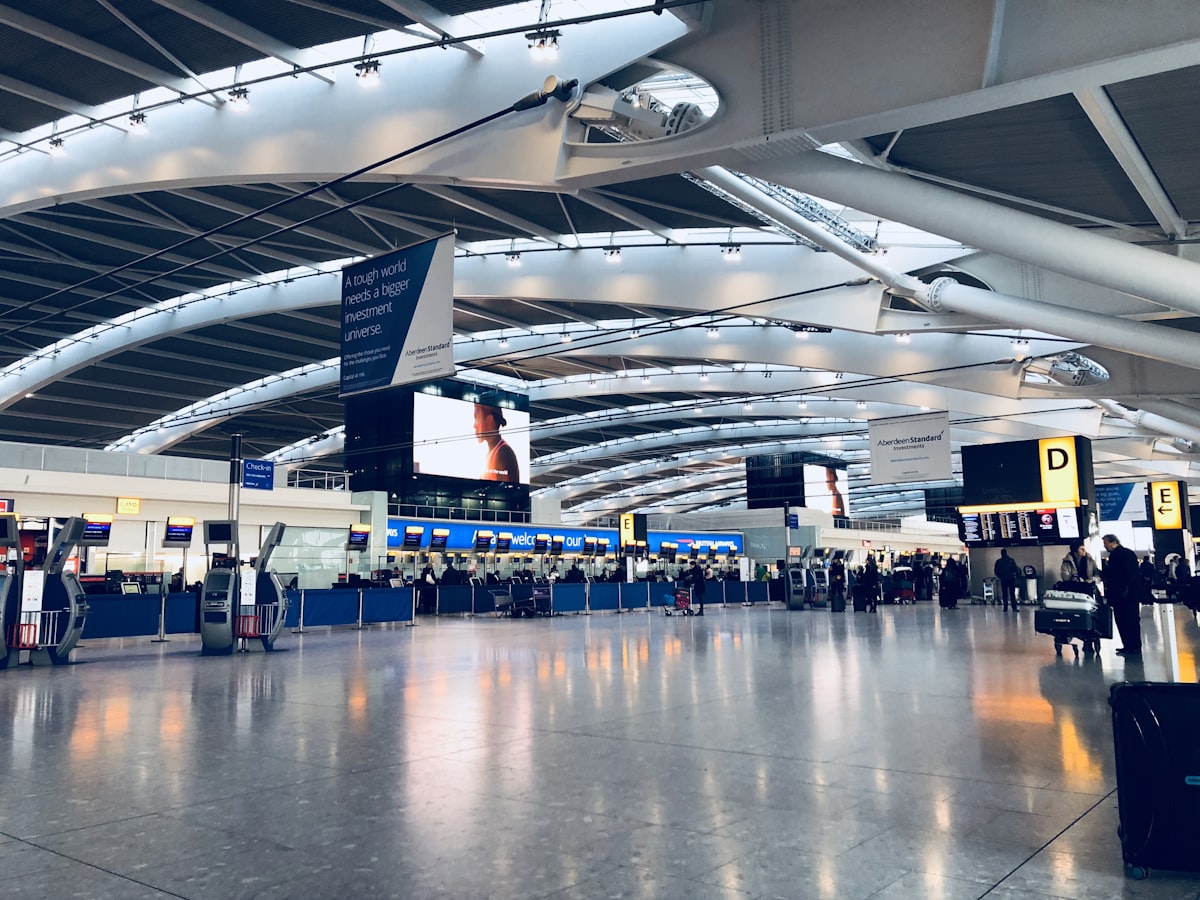Embraer 175 vs Boeing 737
The aviation industry features various aircraft to meet diverse needs. Two prominent models are the Embraer 175 and Boeing 737. Here’s a detailed look at these two aircraft, comparing their features, performance, and uses.

Dimensions
Embraer 175 measures approximately 31.68 meters in length and has a wingspan of 26 meters. With a height of 9.8 meters, it comfortably fits within regional airport gates. It typically accommodates around 76 to 88 passengers.

Boeing 737, particularly the 737-800 variant, measures 39.5 meters long with a wingspan of 35.8 meters. It stands 12.5 meters tall and can seat between 162 and 189 passengers. This aircraft is more suited for larger airport gates.

Range and Efficiency
Embraer 175 boasts a range of approximately 3,704 kilometers. It uses General Electric CF34-8E engines, which provide efficient fuel consumption. Ideal for short to medium-haul flights, it’s frequently used for regional routes.

Boeing 737-800 offers a range of around 5,765 kilometers. Its CFM56-7 engines are known for their reliability and fuel efficiency. This aircraft handles medium to long-haul flights effectively, serving both domestic and international routes.

Cabin Experience
The cabin configuration in Embraer 175 typically follows a 2-2 seating arrangement. This layout results in no middle seats, enhancing passenger comfort on shorter flights. Overhead bin space is somewhat limited but adequate for regional travel.

Boeing 737-800 features a 3-3 seating arrangement. While less spacious per seat than the Embraer 175, it offers more overall capacity. Overhead bins are larger, accommodating more carry-on luggage, which is useful for longer flights.

Crew Operations
Embraer 175 requires a flight crew of two pilots and typically three flight attendants. Its design eases operational aspects in regional airports, including faster turnaround times due to efficient boarding and deplaning procedures.

Boeing 737-800 also employs a two-pilot crew, usually along with four flight attendants. This aircraft’s systems range from user-friendly controls to advanced avionics, supporting efficient long-haul operations.

Economics
Embraer 175 holds an advantage in operating economics for shorter routes. Its lower fuel consumption and maintenance costs suit regional airlines looking to maximize profit on shorter hops.

Boeing 737-800’s larger passenger capacity translates to higher revenue potential per flight. Despite higher operational costs, its broad range of service routes and larger seating capacity supports profitable longer routes.

Market Position
Embraer 175 fits well within regional markets, often favored by airlines operating frequent, shorter flights. Its performance, efficiency, and passenger experience make it a staple for certain travel segments.

Boeing 737-800 serves a wider market segment, featuring in the fleets of both low-cost and full-service carriers. Its versatility allows it to cover a broad spectrum of routes, from short domestic to long international flights.

Technological Advancements
Embraer has integrated numerous technological upgrades into the 175. These include improved aerodynamics and avionics, leading to enhanced fuel efficiency and flight performance. Noise reductions have also been achieved for a quieter cabin environment.

Boeing’s advancements in the 737-800 include winglets that reduce drag, leading to fuel savings. The aircraft also features a digital cockpit and enhanced flight control systems, which contribute to overall operational efficiency.

Environmental Impact
Embraer 175 aims for reduced environmental impact with fuel-efficient engines and optimized flight paths. This results in lower CO2 emissions per trip, aligning with global sustainability goals.

Boeing 737-800’s larger size and longer range come with a higher environmental footprint per flight. However, when considering passenger kilometers, it remains competitive in efficiency, especially with modern upgrades like the 737 MAX series.

Customer Feedback
Passengers often praise the comfort of Embraer 175’s 2-2 seating configuration. The absence of middle seats and a quieter cabin enhance the travel experience on shorter routes.

Boeing 737-800 receives mixed feedback, often depending on seat layout and airline service. While it offers extensive baggage space and reliable service, the tighter 3-3 seating can be less comfortable on longer flights.

Maintenance and Reliability
Embraer 175’s maintenance procedures benefit from streamlined designs and efficient part replacement systems. Regional airlines appreciate the shorter downtime and consistent reliability in daily operations.

Boeing 737-800 has a solid reputation for reliability and ease of maintenance. Airlines worldwide depend on its robust build for frequent and long-duration flights with minimal issues.

Competitive Edge
Embraer 175’s competitive edge lies in specialized regional performance. Its balance of efficiency, comfort, and cost-effectiveness excels on short and medium-haul routes. Ideal for airlines focusing on regional connectivity.

Boeing 737-800’s versatility and capacity make it a cornerstone for airlines looking for a multipurpose aircraft. Serving both short and long-haul needs, it supports a diverse array of route networks and business models.

Operational Flexibility
Embraer 175’s compact size provides operational flexibility at regional airports with smaller gates. Its efficient boarding process and turnaround times streamline airport operations for frequent, shorter routes.

Boeing 737-800’s larger size offers flexibility in seating configurations and route planning. Its range and capacity suit varied market demands, from domestic to transcontinental flights.

Future Prospects
Embraer continues to innovate with newer models like the E2 series, promising even better efficiency and performance. The 175 remains a strong competitor in the regional aircraft market.

Boeing evolves the 737 series with updates like the 737 MAX, incorporating advanced technologies for enhanced performance and reduced operational costs. The 737-800 remains a vital part of global fleets.

Industry Impact
Embraer 175’s role in regional aviation fosters growth in smaller markets. By providing efficient and comfortable short-haul flights, it supports regional connectivity and economic development.

Boeing 737-800’s impact extends across the commercial aviation sector. Its widespread use by airlines of all sizes underscores its importance in global aviation networks.

Both aircraft play significant roles in their respective niches, reflecting diverse needs within the aviation industry. Their contributions to air travel showcase advancements in technology, efficiency, and passenger experience.

Subscribe for Updates
Get the latest articles delivered to your inbox.
We respect your privacy. Unsubscribe anytime.